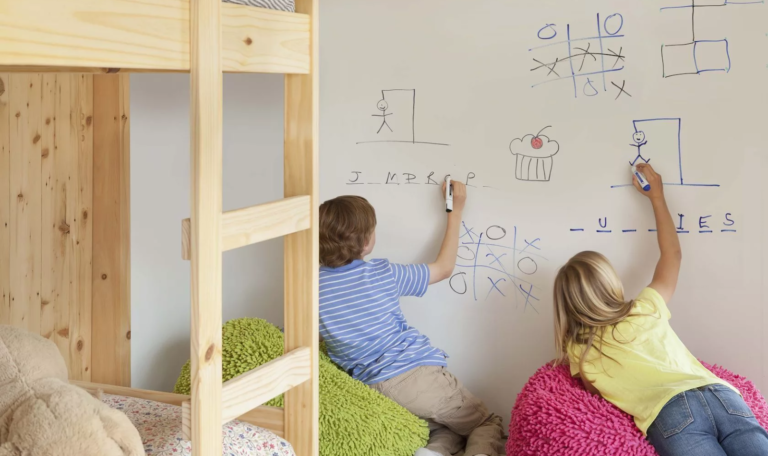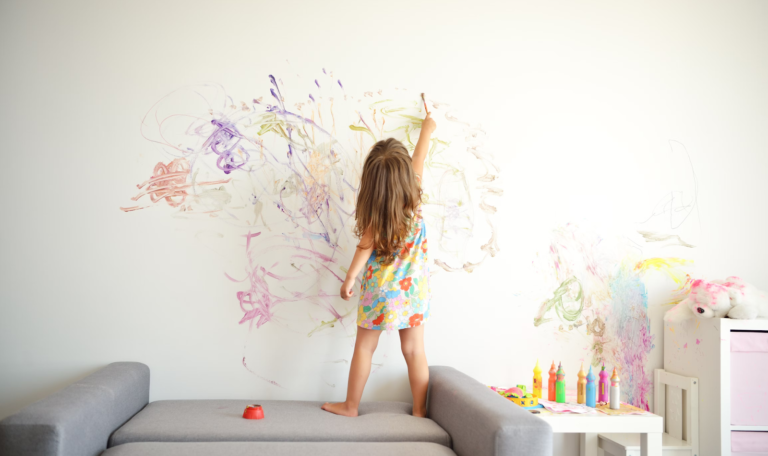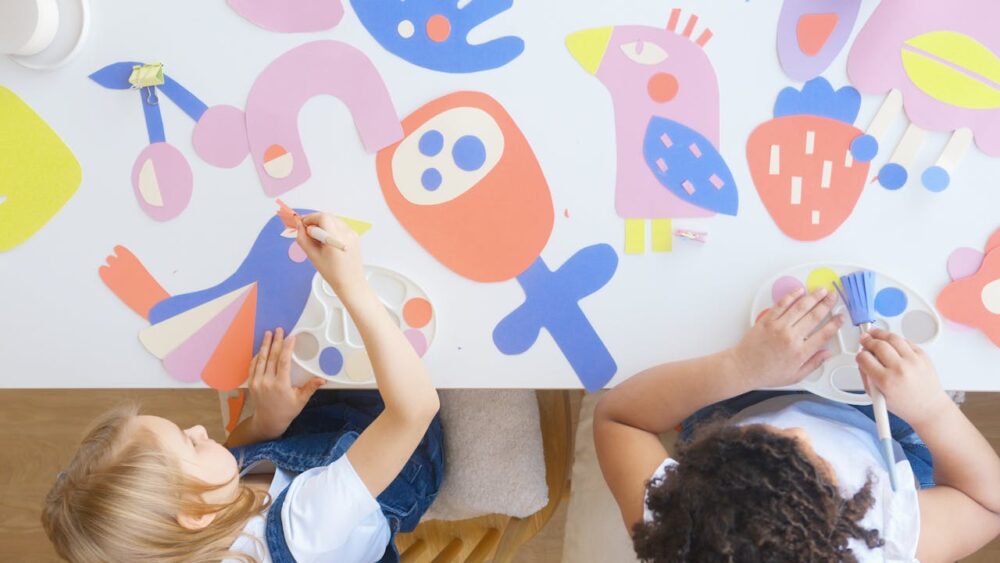Creating a child’s room is a delicate balance of aesthetics, functionality, and inspiration. Art plays a crucial role in shaping the ambiance of a child’s space, fostering creativity, and establishing a comforting atmosphere. Interior Designers London often emphasize the significance of art in children’s rooms, as it can influence their mood, stimulate their imagination, and contribute to their cognitive development. This article explores the best practices for incorporating art into a child’s space effectively, ensuring a balance between style and personal expression.
The Importance of Art in a Child’s Room
Art is not just decorative; it serves as a medium of expression and a tool for learning. A well-curated collection of artwork in a child’s room can inspire curiosity, creativity, and even emotional well-being. Interior Designers London recommend choosing artwork that resonates with the child’s interests while also incorporating elements that encourage growth and exploration. Whether it’s paintings, wall decals, or DIY projects, the right art can transform an ordinary room into a magical space.
Choosing the Right Type of Art
When selecting art for a child’s room, several factors should be considered, including age, personality, and interests. Interior Designers London suggest breaking art selection into different categories:
- Educational Art: World maps, alphabet charts, and scientific illustrations can make learning fun and engaging.
- Personalized Art: Customized name plaques, family drawings, or DIY projects add a personal touch.
- Thematic Art: Whether your child loves space, animals, or fairytales, themed art can help immerse them in their favorite world.
- Interactive Art: Chalkboard walls, magnetic boards, and removable stickers allow kids to participate in decorating their space actively.
By carefully curating these elements, parents can create an environment that is both visually appealing and functionally enriching.

Color Psychology and Artwork
Colors play a significant role in influencing a child’s mood and behavior. Interior Designers London emphasize the importance of choosing colors that complement the artwork and enhance the room’s atmosphere. Soft pastels create a calming effect, while bright and bold colors stimulate energy and creativity.
For example:
- Blue tones encourage tranquility and concentration.
- Yellow promotes happiness and warmth.
- Green fosters relaxation and balance.
- Red can be used sparingly to add energy and excitement.
Pairing these colors with complementary artwork ensures a harmonious and stimulating environment for a child’s growth and development.
Placement and Framing of Art
Positioning artwork correctly is essential for maximizing its impact. Interior Designers London recommend placing artwork at a child’s eye level, allowing them to fully engage with it. Framing also plays a crucial role in elevating the aesthetic appeal. Lightweight and shatterproof frames are ideal for children’s rooms to ensure safety. Additionally, creating a gallery wall with a mix of framed prints, posters, and handmade art can add depth and personality to the space.
Incorporating Art Through Different Mediums
Art in a child’s room doesn’t have to be limited to paintings or framed prints. Interior Designers London encourage the use of diverse artistic elements, including:
- Murals: Large-scale paintings or wallpaper murals can make a statement and set the theme of the room.
- Textiles: Printed cushions, rugs, and curtains featuring artistic patterns can seamlessly integrate art into everyday decor.
- Sculptures and 3D Art: Wooden cutouts, hanging mobiles, or fabric-based art add texture and dimension.
- DIY Art Corners: A designated space for the child to create their own artwork encourages creativity and personalization.
These variations ensure that art remains dynamic and engaging rather than just a static visual element.
Budget-Friendly Art Solutions
Not all art needs to be expensive to be effective. Interior Designers London suggest several budget-friendly ways to incorporate art into a child’s room:
- Printables and Downloads: Many artists offer downloadable prints at affordable prices.
- DIY and Handmade Art: Encouraging children to create their own paintings, collages, and drawings adds a unique and personal touch.
- Wall Decals and Stickers: Easily replaceable and budget-friendly, wall stickers can change the look of a room without long-term commitment.
- Upcycled Art Projects: Repurposing old furniture, frames, and decor items with a creative twist can be both sustainable and cost-effective.
By mixing high-quality art with affordable alternatives, parents can create a stunning space without breaking the bank.

Ensuring Safety in Art Choices
Safety should always be a priority when selecting art for a child’s room. Interior Designers London recommend choosing non-toxic, lead-free paints and materials. Additionally, securely mounting frames and avoiding heavy artwork above beds or cribs can prevent accidents. Soft canvas prints, fabric banners, and wall decals are great alternatives to traditional framed artwork for younger children.
Evolving Art as the Child Grows
A child’s interests and preferences change over time, and their room should evolve accordingly. Interior Designers London suggest using versatile decor that can be easily updated. Swapping out prints, adding removable wallpapers, or incorporating a rotating gallery for new creations ensures that the room remains fresh and relevant. Investing in timeless pieces that can grow with the child—such as abstract art or classic illustrations—can also be a practical long-term solution.
Conclusion
Art is a vital component of a child’s room, offering both aesthetic and developmental benefits. By carefully selecting age-appropriate, engaging, and safe artwork, parents can create an inspiring and comforting space. Interior Designers London emphasize the importance of personalization, interactive elements, and budget-friendly options to achieve the perfect balance. With thoughtful planning and creativity, a child’s room can become a haven of imagination and self-expression.

